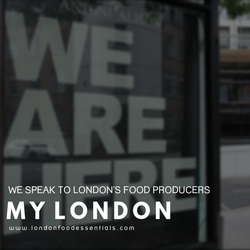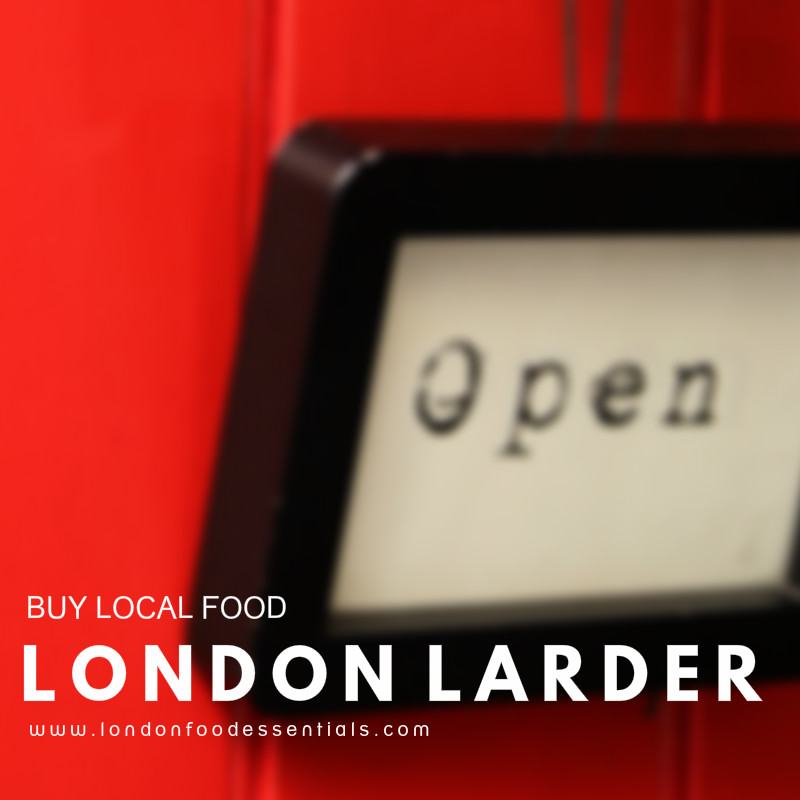|
INSPIRED by the fruit trees of London's Woodford Green, John Burgess, Peter Newton and Rochelle Schwartz decided to turn fallen fruit into the city's first commercial local cider. “We were glorified gardeners in a way” is how John describes the first two years of London Glider Cider. Leafleting Peter and Rochelle's neighbours in Woodford Green, the trio collected pears and apples from local gardens, offering cider in exchange. Such was the response that by year three, they were collecting fruit from across the north-east corner of greater London. The only cider to be commercially made from London fruit, they now produce up to 7000 litres a year. With an approach to cider making that is all about zero waste, most of the fruit comes from private gardens and community orchards found in old hospital grounds and former stately homes. "Abandoned community orchards are dotted all over the place", says Peter. "Friends of ours at the Urban Orchard Project have been mapping all the orchards in London for the past few years. We've done a fair amount of work with them such as education and pressing days.” Post collection, the time from pressing to maturing and, more importantly, drinking, takes between three-to-four months. The team use a commercial twin bed hydraulic press, having upgraded from a home-made press operated by a 5 ton car jack. After pressing a small quantity, SO2 is added to kill off any rogue bacteria and wild yeast that may taint the juice. After 24 hours, yeast is added with fermentation taking between two-to-three weeks depending on the temperature. The juice is then racked at least twice and matured over the winter. It is then blended and ready to drink in mid March. “Because we get apples from everywhere, we have to blend our cider. So we go round and taste all the cider in the spring and decide what can be mixed to produce a consistent product. This is the day when you’ll bring a bike rather than the car," John explains. As for the varieties of apples that they use, John confesses that even after six years of making cider, they are not always sure of the variety. There are hundreds of different types of apple and pear in the UK, and unlike the west country, where cider is generally made from cider apples, theirs is made from dessert and cooking apples. ”The ciders that we made and all the ciders made in the east of England taste very different from what you get in Somerset and Hereford. There is more tannin in cider apples, which give it a particular flavour,” says John. The nearest, they get to a traditional west country cider is when they use local crab apples. In all, the trio make four types of cider ranging from dry to medium dry. Both are available as still and bottle-conditioned (semi-sparkling) varieties and you can even buy it in 10- 20 litre boxes. A clear, golden colour, there is very little tannin present resulting in a clean, fresh taste with a long, fruity finish. They also make a traditional peri-cider using pears rejected by supermarket chains but that are still perfect for juicing.
In all, the trio make four types of cider ranging from dry to medium dry. All are available as still and bottle-conditioned (semi-sparkling) varieties and you can even buy it in 10- 20 litre boxes. A clear, golden colour, there is very little tannin present (apart from the crab apple) resulting in a clean, fresh taste with a long, fruity finish. They also make a traditional perry-cider using foraged pears and those unsuitable for retail but that are still perfect for juicing. Now an award winning product, London Glider Cider has won multiple awards and accolades including the 2013 and 2014 Cider of the Year at the Pig's Ear Beer and Cider Festival organised by the East London and City Branch of the Campaign for Real Ale. Such is the popularity of their cider, their aim is to increase production up to 25-30,000 litres over the next couple of years. You can buy London Gilder Cider online. It is also sold at local pubs, cinemas and delis and cafes. You can find out more here or call 020 8504 3207 or 020 8505 1991. LONDON AS A FOOD CITY Just the variety and quality of stuff is amazing. People are foraging, creating, and making home produce from pickles to honey to vegetables. Loads of independent producers. People are now more aware of what they are eating and what they are drinking and the provenance of it all. But it comes at a price and it’s too expensive for many. FOOD DESTINATION I have a couple of favourites include Gallo Nero that is a traditional Italian deli on Stoke Newington High Street. I'm also a fan of The Dusty Knuckle Bakery in Dalston. They do great bread, and sarnies. There are also some great Turkish greengrocers and supermarkets on Stoke Newington High Street that I like exploring. UK FOOD HERO I am a keen amateur brewer. Back in seventies, there were only three brewers in London; last count, there are over 80. I was recently on a course at the 40FT Brewery in Dalston and they operate out of three shipping containers. As do the bakery mentioned above – same place, beer and bread, what could be better. Cider? ADDRESS BOOK 40FT Brewery 18 Ashwin Street, E8 3DL t. @40ftbrewery Gallo Nero 75 Stoke Newington High St, N16 8EL The Dusty Knuckle Bakery Abbott St car park, just off the Kingsland Rd, E8 3DP e. [email protected] t. @thedustyknuckle The Urban Orchard Project t. @UrbanOrchardist
0 Comments
Leave a Reply. |
ARCHIVES
February 2017
|






